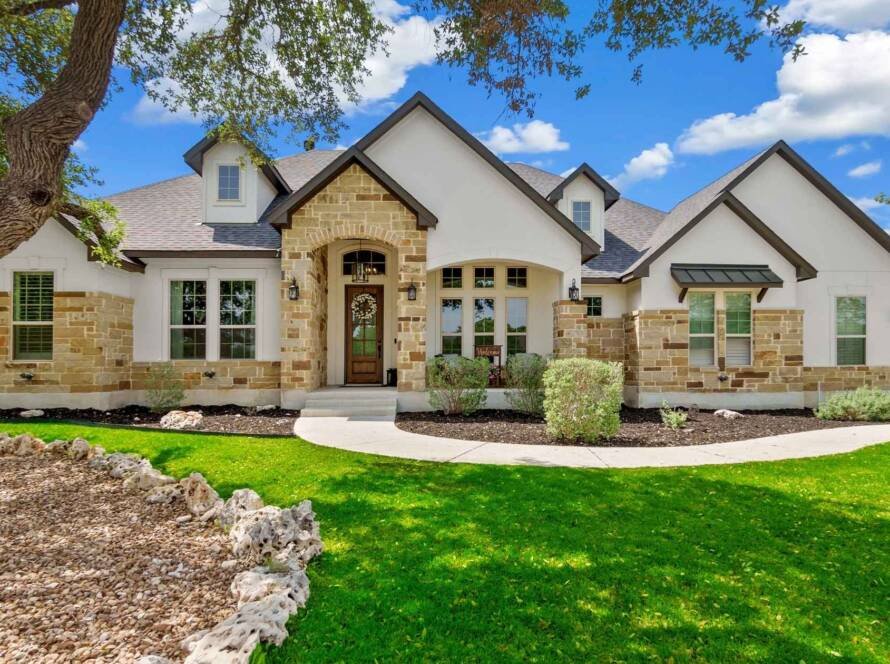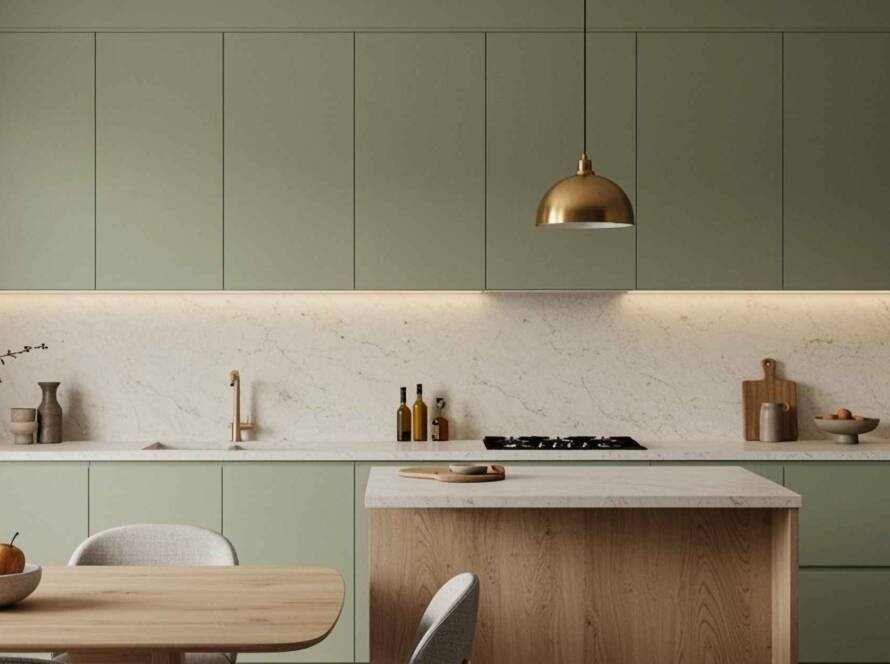Introduction: Understanding the Purpose of a Pergola
Pergolas have become one of the most popular additions to outdoor spaces in recent years, thanks to their ability to blend aesthetics with functionality. Whether you’re looking to create an intimate gathering area or simply add a touch of elegance to your backyard, a pergola can serve many purposes. But what exactly is the purpose of a pergola, and how can it enhance your garden or patio?
This article will explore the various functions of a pergola, including its aesthetic appeal, practical benefits, and how it can transform your outdoor living space. From providing shade and shelter to adding a stylish focal point, pergolas can turn your backyard into a beautiful and functional space. Keep reading to discover why a pergola may be the perfect addition to your home.
Section 1: What Is a Pergola?
Key Points:
- Definition and Historical Origins: A pergola is a freestanding outdoor structure characterized by vertical columns supporting an open framework or lattice roof. The roots of the pergola date back to ancient Roman gardens, where it was used to create shaded walkways and sitting areas.
- Typical Structure: Most pergolas feature an open roof, often made of cross beams or latticework, allowing for filtered sunlight to pass through while providing some shade.
- Pergola vs. Gazebo vs. Pergola Awning: It’s important to distinguish between a pergola, gazebo, and pergola awning. While a pergola has an open roof design, a gazebo typically has a full roof, often enclosed. A pergola awning, on the other hand, is a smaller version of a pergola that is usually attached to a wall or structure.
- Materials: Pergolas can be constructed from a variety of materials, including wood, vinyl, and metal. Wood offers a natural, rustic appeal, while vinyl and metal provide durability and low maintenance.
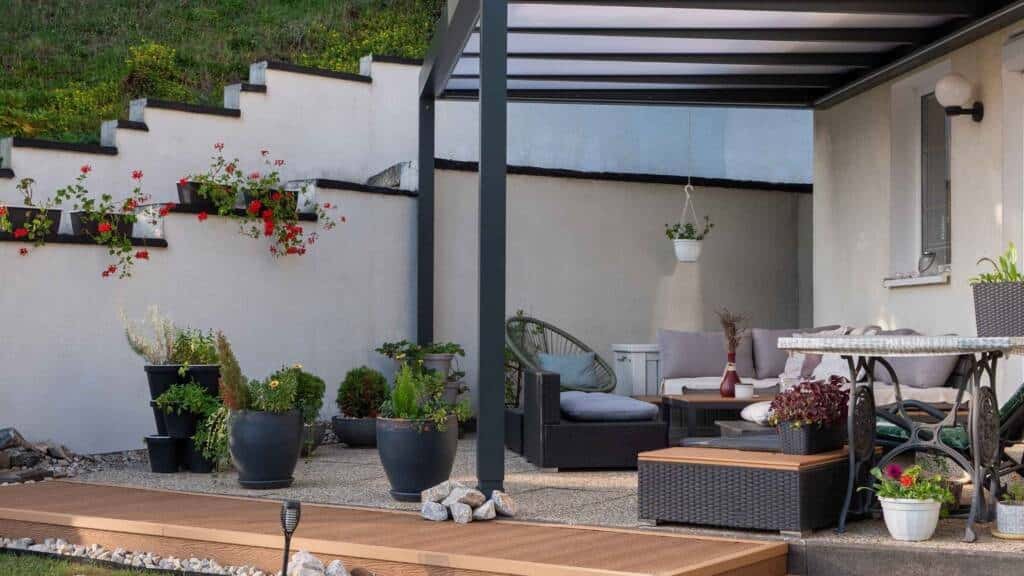
Section 2: The Aesthetic Appeal of a Pergola
Key Points:
- Elegance and Style: A pergola can instantly elevate the aesthetic of any outdoor space. Its timeless design serves as an elegant feature that adds charm and sophistication to your garden, patio, or backyard.
- Complementing Your Home’s Architecture: Whether your home is modern, traditional, or rustic, a pergola can be customized to match your home’s architectural style. Wood pergolas add a natural touch, while metal or vinyl pergolas can lend a more modern look.
- Integration with Plants: One of the most popular design trends for pergolas is integrating climbing plants and vines. The addition of plants like ivy, wisteria, or roses not only softens the structure but also creates a natural, lush feel.
- Design Trends: Today, pergolas come in various designs, from minimalist to ornate, and can include features like built-in lighting, curtains, or even outdoor speakers to enhance the overall experience.
Section 3: Practical Benefits of a Pergola
Key Points:
- Providing Shade: Pergolas offer a significant reduction in sun exposure, especially in the warmer months. While they don’t provide complete shade like a solid roof, they still reduce the intensity of sunlight and offer a comfortable space to relax outdoors.
- Defining Outdoor Spaces: A pergola can create a distinct outdoor room. Whether used for lounging, dining, or entertaining, it helps define specific areas of your yard and makes the space feel more like an extension of your home.
- Enhancing Privacy: Pergolas can act as a privacy barrier in open spaces. Adding drapes or climbing plants along the posts can create a more secluded environment for intimate gatherings or private relaxation.
- Support for Outdoor Features: Pergolas serve as a sturdy structure for adding features like lighting, ceiling fans, or heating elements, making them a year-round outdoor solution.
- Outdoor Dining or Lounge Area: The pergola can be the perfect spot to set up an outdoor dining table or lounge chairs, creating an inviting area for family and friends.
Section 4: Pergolas and Outdoor Landscaping Integration
Key Points:
- Focal Point in Your Landscape: A pergola can become the central feature of your outdoor landscaping. Whether it’s framing a pathway, highlighting a garden area, or enclosing a dining space, a pergola draws the eye and enhances the overall aesthetic.
- Integrating with Patios and Decks: Pergolas work well when seamlessly integrated with existing patios or decks. By positioning a pergola over an outdoor dining area or lounge, you create a cohesive look that ties your entire outdoor design together.
- Framing Special Areas: Use a pergola to frame areas like a poolside retreat, an outdoor kitchen, or a cozy reading nook. It adds structure and purpose to these spaces while maintaining an open, airy feel.
- Enhancing Landscaping Features: Combine your pergola with other landscaping elements, such as water features, outdoor furniture, or decorative sculptures, to create a beautifully designed backyard.
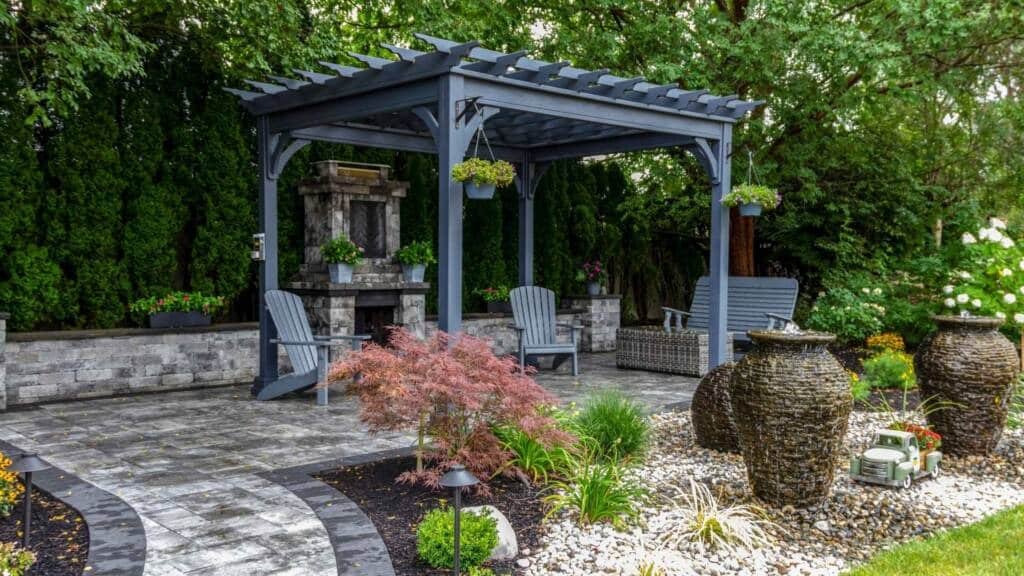
Section 5: The Durability and Maintenance of Pergolas
Key Points:
- Material Durability: The longevity of your pergola depends on the materials used. Wooden pergolas may require regular staining or sealing to protect against weathering, while vinyl and metal pergolas are more resistant to the elements and require less maintenance.
- Maintenance Tips: Regular cleaning is necessary to prevent mold, mildew, and dirt buildup. Depending on the material, periodic treatment for wood and checking for rust on metal pergolas is advised.
- Weatherproofing: Protect your pergola from harsh weather conditions by using weatherproofing treatments. This will help preserve the material and extend its lifespan.
- Long-Term Care: Extend the life of your pergola by inspecting it regularly for damage, reinforcing weak spots, and addressing issues before they become costly repairs.
Section 6: Cost Considerations and ROI of Installing a Pergola
Key Points:
- Installation Costs: The cost of building a pergola can vary significantly based on materials, size, and design. Wooden pergolas are typically more affordable than metal or vinyl options. Additional features like custom lighting or curtains will increase the price.
- Return on Investment (ROI): Adding a pergola to your home can enhance the aesthetic appeal of your outdoor space and potentially increase the property value. Homebuyers often appreciate well-designed outdoor living areas, making a pergola a worthwhile investment.
- Factors Affecting Pricing: Labor costs, custom design requirements, and material choice all play a role in determining the final cost of a pergola installation. Custom-built pergolas will naturally be more expensive than pre-made kits.
- Local Installation Costs: Depending on where you live, labor and material costs may vary. In Dallas, for example, the cost of pergola installation typically ranges from $2,000 to $10,000 depending on the complexity and materials used.

Section 7: How to Choose the Right Pergola for Your Home
Key Points:
- Assess Your Space: Start by evaluating your backyard or garden space. Consider the size of your yard, the style of your home, and the function you want your pergola to serve (e.g., dining, relaxation, entertainment).
- Selecting Materials: Choose materials based on climate and desired aesthetic. Wood is ideal for a natural look, while vinyl or metal offers low maintenance and durability.
- Customization: Pergolas are highly customizable. You can add features like retractable awnings, curtains for privacy, or integrated lighting for nighttime use.
- DIY vs. Professional Installation: While building a pergola yourself may seem appealing, it’s best to consult professionals for larger, more complex projects. Hiring experts ensures that the pergola is structurally sound and installed correctly.
Frequently Asked Questions (FAQs)
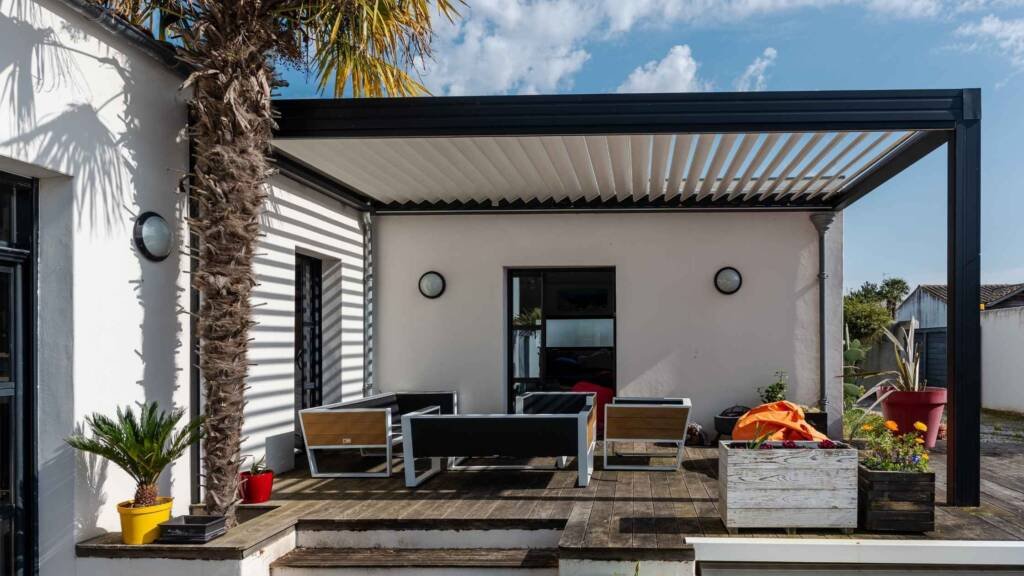
1. What Purpose Does a Pergola Serve?
A pergola serves several purposes, both aesthetic and functional. It can be used to:
- Provide partial shade and reduce sun exposure, making outdoor spaces more comfortable.
- Enhance the beauty of your backyard or garden by adding an elegant structure that complements your landscape design.
- Create a defined outdoor space for dining, relaxing, or entertaining guests.
- Improve privacy in an open space by acting as a barrier or support for climbing plants and vines.
- Serve as a base for adding outdoor features like lighting, fans, or curtains.
A pergola can turn your outdoor area into a charming, functional retreat that extends your living space.
2. What Are the Disadvantages of a Pergola?
While pergolas offer many benefits, there are some disadvantages to consider:
- Limited Protection from the Elements: Unlike a gazebo or solid-roofed structure, a pergola offers only partial shade and doesn’t provide full protection from rain or snow.
- Maintenance: Wooden pergolas, in particular, require regular maintenance, such as staining and sealing, to protect them from weather damage and wear over time.
- Cost: Depending on the material and design, pergola installation can be costly, especially for custom or larger structures.
- Vulnerable to Strong Winds: Without additional supports, pergolas may not be as sturdy in high winds or storms, particularly if they are not built with durable materials.
Weighing these disadvantages against the benefits will help you determine if a pergola is right for your outdoor space.
3. Do Pergolas Protect from Rain?
Pergolas are not designed to provide full protection from rain. Due to their open roof design, they offer only partial shelter, which can shield you from light drizzle or provide some shade from the sun, but they will not fully protect you from heavy rain. However, you can enhance a pergola’s rain protection by adding a retractable canopy, a solid roof, or rain-resistant materials like polycarbonate roofing panels. For a more sheltered outdoor space, consider adding curtains or installing waterproof coverings.
4. Does a Pergola Need Drainage?
In most cases, a pergola does not require drainage since it is an open structure with an open roof. However, if you decide to add a solid roof or incorporate features like a retractable canopy or water-resistant fabric, drainage may become necessary to prevent water from pooling on the roof. Proper drainage ensures that rainwater is directed away from the structure and prevents damage to the roof or the area beneath the pergola. Additionally, if your pergola is built on a raised platform or near landscaping elements, it’s important to ensure proper drainage in the surrounding area to prevent water buildup.
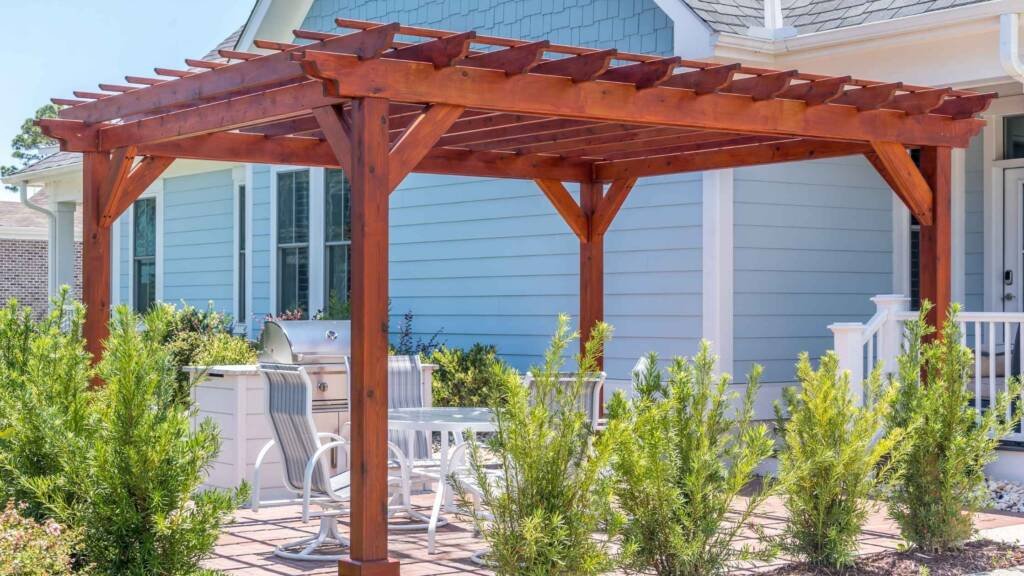
Conclusion: Is a Pergola Right for You?
A pergola is more than just a structure in your backyard – it’s a stylish, functional addition that can enhance the overall beauty of your outdoor space. From offering shade and privacy to serving as a focal point in your landscaping, a pergola can meet a variety of needs. Whether you’re looking to entertain guests, relax, or create an intimate garden retreat, a pergola can help you achieve your outdoor living goals.
If you’re ready to transform your outdoor space with a beautiful, functional pergola, contact America’s General Contracting today. Our expert team is here to help you design and install the perfect pergola for your home.


